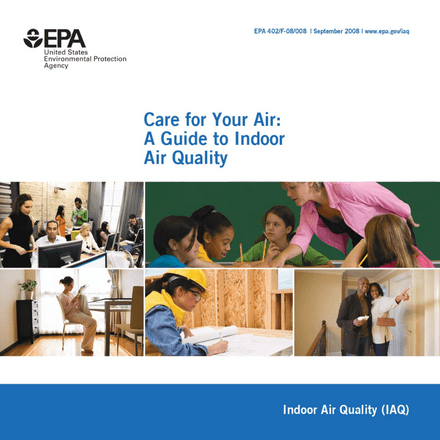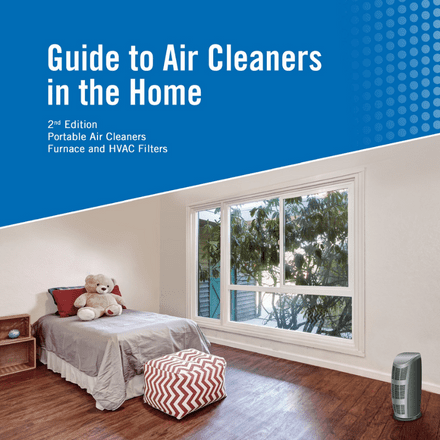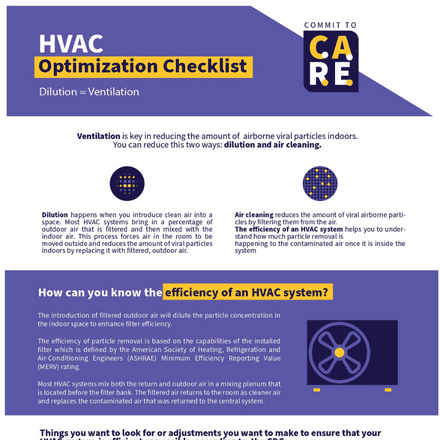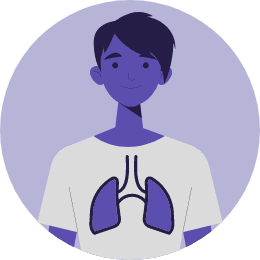Indoor Air Quality Tools
Science-based indoor air quality tools to make workplaces safer from the infectious diseases of today and tomorrow.
Our mission
Why is indoor air quality important?
Most people spend around 90% of their time indoors, mainly at home or in the workplace.
Viruses that transmit as airborne particles, such as the viruses that cause COVID-19 and measles, pose a significant risk. They can squeeze into small places nearly 10,000 times smaller than a human hair, travel long distances. and stay active in the air for at least 4 hours.
Ventilation helps clean the indoor air, and it’s essential for reducing the risk of the spread of infectious diseases.
Poor indoor air quality
can lead to:

Irritation of eyes, nose, and throat

Sick Building Syndrome

Building-Related Illness
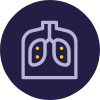
Acute Respiratory Infection

Pulmonary
Diseases

Cardiovascular Diseases

Headaches, dizziness and fatigue

Cancer
Benefits of proper
ventilation in a building

Oxygen
Provides oxygen and fresh air for human respiration.

Dilution
Dilutes indoor air pollutants to levels below those recognized to cause disease or injury from exposure to harmful contaminants, odors, and vapors.

Aerosol control
Uses outdoor, filtered air with a low aerosol concentration to control aerosols inside buildings.

Air distribution
Creates proper air distribution and promotes a healthier and more comfortable environment.
Supplemental technologies for improved indoor air quality
Germicidal UV light
Germicidal UV, also known as GUV or UV-C, is a particular type of ultraviolet light that can help reduce the number of airborne viruses indoors. It emits radiation with wavelengths between 100 and 280 nm, with 254 nm being the most effective.
Benefits of Germicidal UV light on indoor air quality
- Deactivates or kills viruses and bacteria that are present in the air
- Reduces mold and mildew growth
- Reduces the spread of infectious diseases
- Improves respiratory health

In-room air cleaners
In-room air cleaners are devices designed to improve indoor air quality by removing harmful pollutants and contaminants from the air. These devices work by drawing air through filters that trap particles such as dust, pollen, and smoke, and some models also use technologies like UV-C light to kill bacteria and viruses.
Benefits of in-room air cleaners on indoor air quality
- Reduces the concentration of airborne viral particles
- Helps to limit the spread of infectious diseases
- Can supplement other infection control measures
- Can improve overall respiratory health and alleviate symptoms of allergies and asthma
Indoor air quality tools
You can access all the Commit to C.A.R.E. videos captioned in French, German, Arabic, Vietnamese, Mandarin, Hindi, and Bengali here.
- All
- General business employers
- Healthcare employers
- Long-term care employers
- Vaccination



















